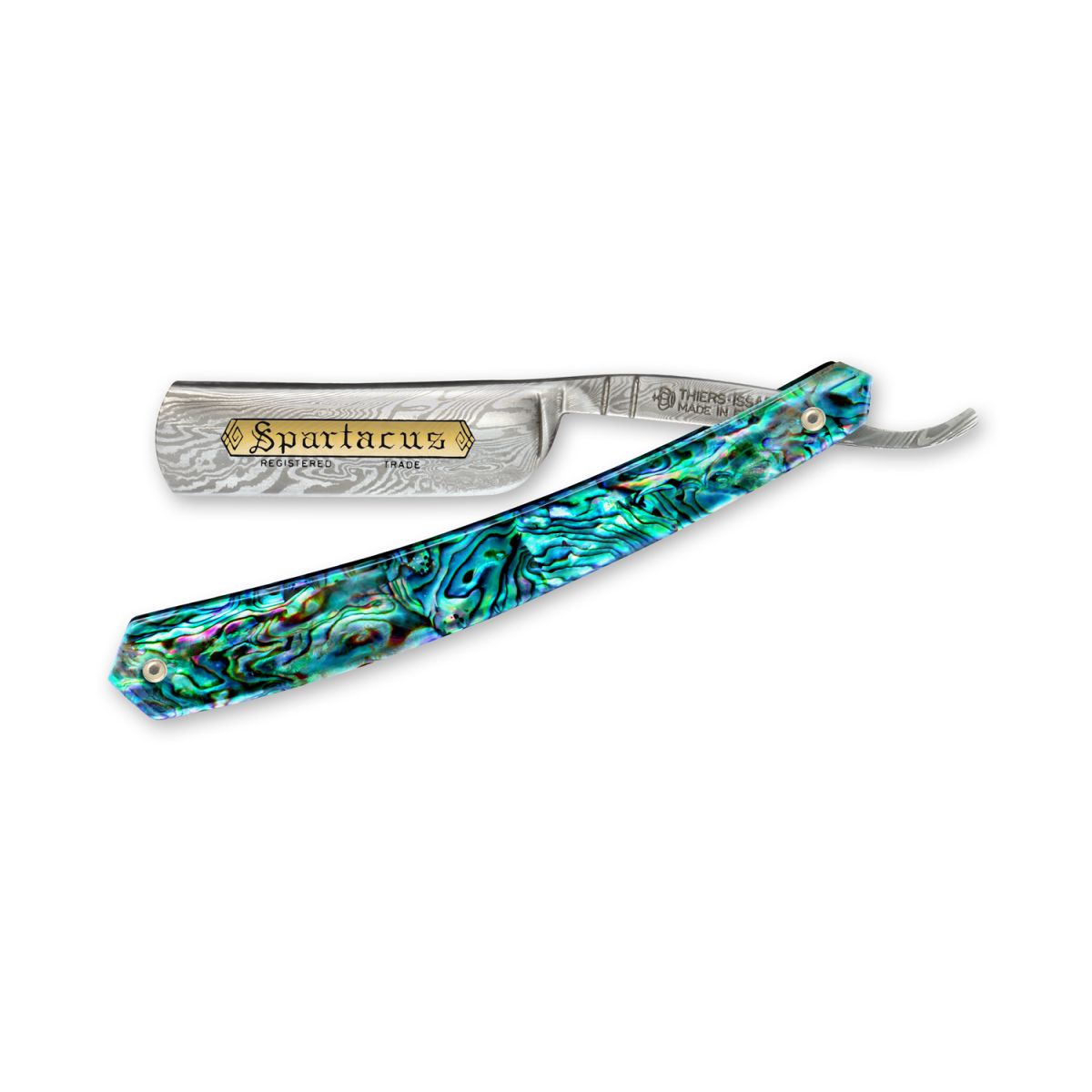Yep, Al's Wootz is what Bruno from Snail Forge has used for some razors and beautiful ones at that!
When thinking of PWS as Damascus I would think that a Zowada razor would outperform many others as the attention to detail and LONG experience with a depth of knowledge for such things that few will ever know, would make his razors - better.
At least as good as the very best Carbon razors ever made.
When thinking of PWS as Damascus I would think that a Zowada razor would outperform many others as the attention to detail and LONG experience with a depth of knowledge for such things that few will ever know, would make his razors - better.
At least as good as the very best Carbon razors ever made.





